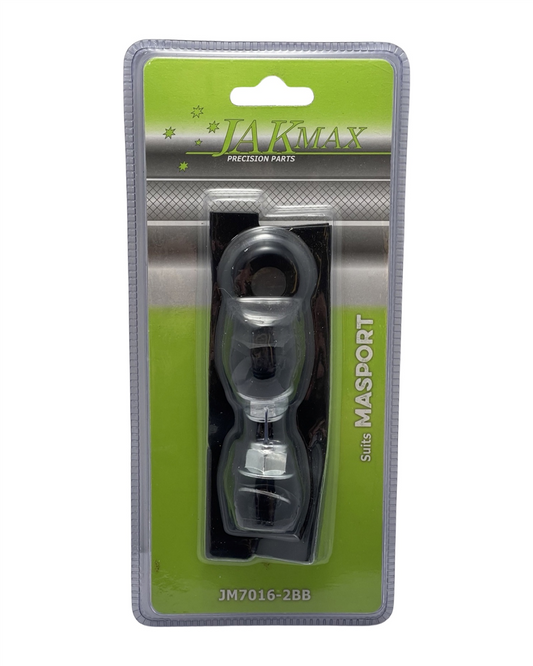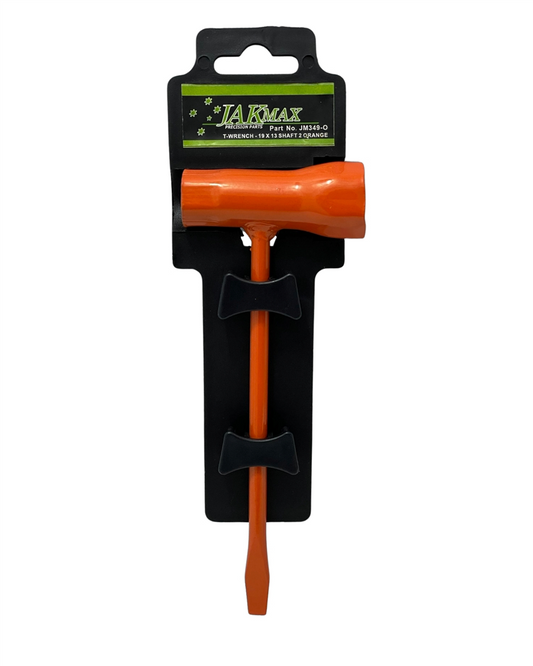The Beginner’s Guide to Setting Up a Drip Irrigation System
Share
How to Set Up a Drip Irrigation System for a Hassle-Free Garden
Nothing beats the satisfaction of a thriving garden, but let’s be honest—watering can feel like a daily chore. If you’ve been hand-watering your plants and wondering if there’s an easier way, you’re in for a treat. Drip irrigation is game-changing! It not only saves time but also ensures your plants get the perfect amount of water right where they need it. Let’s set one up together.
Why Drip Irrigation is a Game-Changer
Think about all the wasted water when you use a traditional sprinkler—especially on windy days when half of it disappears into the breeze. Drip irrigation delivers water straight to the roots, minimising waste and keeping your plants consistently hydrated. Plus, less surface moisture means fewer weeds. That’s a win-win!
What You’ll Need
Before we dive in, let’s make sure you have everything:
- Drip tubing – The veins of your system, delivering water directly to the plants.
- Emitters – These little components control how much water each plant gets.
- Filter – Stops debris from clogging the system.
- Pressure regulator – Maintains a steady flow so your plants aren’t overwhelmed.
- Connection fittings – For attaching everything together without leaks.
- Hose-end timer (optional) – Makes watering fully automatic.
Step-by-Step Guide
1. Plan Your Layout
Think about where your plants are and how far your water source is. The goal is to get the tubing close to the base of each plant while keeping things tidy.
2. Connect to Your Water Source
Attach your drip tubing to an outdoor tap using a filter and a pressure regulator. If you’re using a timer, install it before the filter so it controls when the system turns on.
3. Lay Out the Tubing
Run the tubing along your garden beds. You can use stakes to secure it so it doesn’t shift. If you have multiple rows of plants, consider branching the tubing using T-connectors.
4. Add Emitters
Punch small holes into your tubing where your plants sit, then insert the drip emitters. Different plants have different watering needs, so choose emitters that suit their thirst levels.
5. Test and Adjust
Turn on the water and check for leaks or dry spots. Adjust emitter placement if needed. If certain plants aren’t getting enough water, you can swap to higher-flow emitters.
6. Cover and Maintain
For a neat look, cover the tubing with mulch. It helps retain moisture while keeping the system hidden. Check for clogs and leaks regularly to keep things flowing smoothly.
Extra Tips for Success
- Use a hose-end timer to automate watering—you’ll never have to worry about forgetting.
- In summer, water early in the morning to reduce evaporation.
- If you expand your garden, it's easy to extend your drip system with additional tubing.
Once it’s all in place, you’ll wonder how you ever lived without it. More time to relax, less time dragging the hose around—sounds pretty perfect, right?
Happy gardening!
Candeece
 Stay Connected
Stay Connected
Join our gardening community on Facebook at Urban Gardener's Notebook
And follow our Store Facebook Page: Strathalbyn H Hardware on Facebook









